Role Researcher Name Marc Kirschner | ||
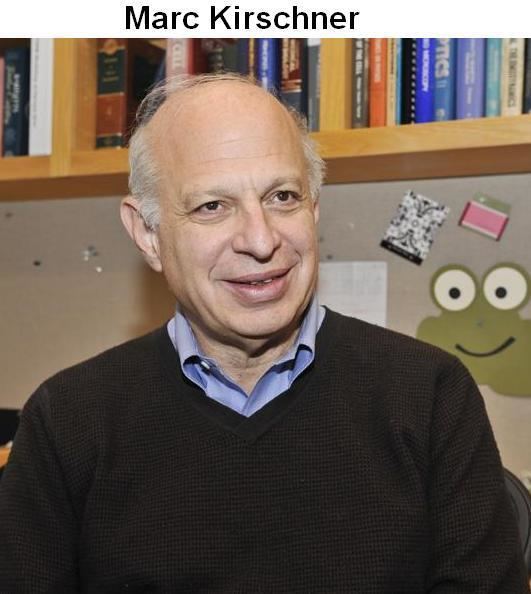 | ||
Institutions Harvard Medical SchoolUniversity of California, San FranciscoPrinceton University Residence Massachusetts, United States Books The Plausibility of Life: Resolving Darwin's Dilemma, Cells, Embryos and Evolution Awards Gairdner Foundation International Award, William C. Rose Award, Richard Lounsbery Award, E.B. Wilson Medal | ||
Doctoral advisor Howard Schachman | ||
Marc kirschner harvard u part 1 the origin of the vertebrate nervous system
Marc W. Kirschner (born February 28, 1945) is an American cell biologist and biochemist and the founding chair of the Department of Systems Biology at Harvard Medical School. His research involves problems in cell and developmental biology, such as the dynamics and function of the cytoskeleton, the regulation of the cell cycle, and the process of signaling in embryos, as well as the evolution of the vertebrate body plan, and applying mathematical approaches to biology.
Contents
- Marc kirschner harvard u part 1 the origin of the vertebrate nervous system
- Cshl keynote dr marc kirschner harvard medical school
- Education and early life
- Career and research
- Public service
- Books
- Awards and associations
- References
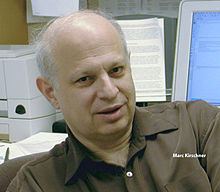
Cshl keynote dr marc kirschner harvard medical school
Education and early life
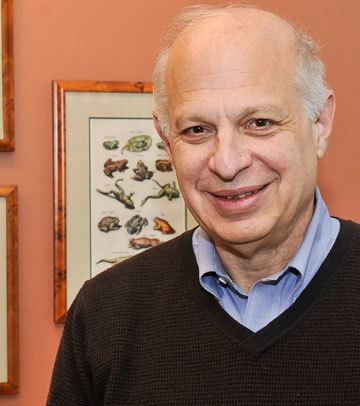
Kirschner was born in Chicago, Illinois, on February 28, 1945. He graduated from Northwestern University with a B.A. in chemistry in 1966. In 1971, he received his doctorate in biochemistry from the University of California, Berkeley.
Career and research
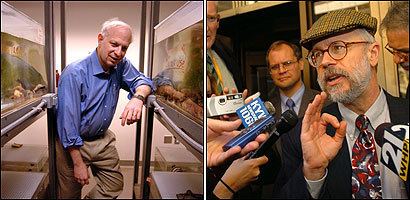
He held postdoctoral positions at UC Berkeley and at the University of Oxford in England. He became assistant professor at Princeton University in 1972. In 1978 he was made professor at the University of California, San Francisco. In 1993, he moved to Harvard Medical School, where he served as the chair of the new Department of Cell Biology for a decade. He became the founding chair of the HMS Department of Systems Biology in 2003. He was named the John Franklin Enders University Professor in 2009.
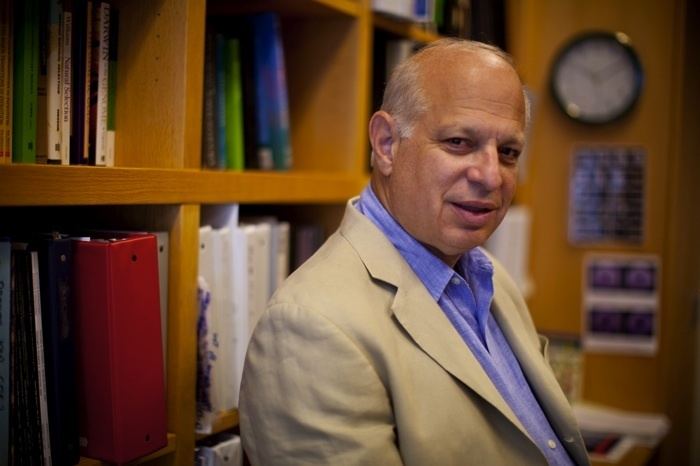
Kirschner studies how cells divide, how they generate their shape, how they control their size, and how embryos develop. In his eclectic lab, developmental work on the frog coexists with biochemical work on mechanism of ubiquitination, cytoskeleton assembly or signal transduction.
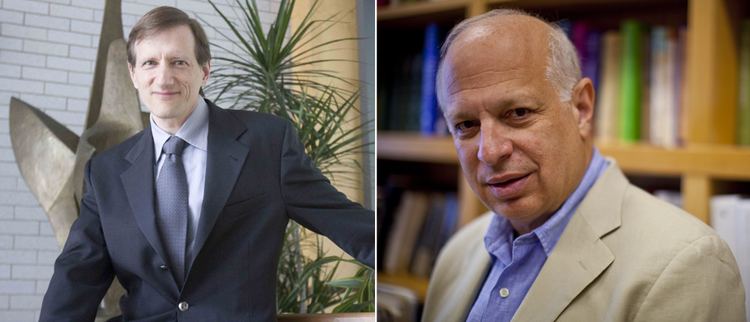
At Princeton, his early work on microtubules established their unusual molecular assembly from tubulin proteins and identified the first microtubule-stabilizing protein tau, later shown to be a major component of the neurofibrillary tangles in Alzheimer's disease. In studies at UC San Francisco of the frog embryo as a model system of cell development, Kirschner identified the first inducer of embryonic differentiation, fibroblast growth factor (FGF), an early finding in the field of signal transduction.
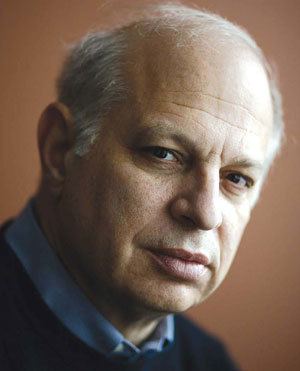
Kirschner's lab is also known for uncovering basic mechanisms of the cell cycle in eukaryotic cells. Working in Xenopus (frog) egg extracts, Kirschner and Andrew Murray showed that cyclin synthesis drives the cell cycle and, later, that ubiquitin regulates levels of cyclin by marking the cell-cycle molecule for destruction. His lab discovered and purified many of the components involved in cell cycle progression, including anaphase promoting complex (APC), the complex that ubiquitinates cyclin B.
A second noted finding was his discovery, with Tim Mitchison, of the dynamic instability of microtubules, In mitosis, for example, microtubules form the spindle that separates the chromosomes. The first step in spindle formation is the nucleation of microtubules by microtubule-organizing centers, which then grow in all directions. Microtubules that attach to a chromosome are stabilized and are therefore retained to form part of the spindle. Because of dynamic instability, some individual microtubules that are not stabilized are at risk of collapse (or “catastrophe” as Kirschner named it), allowing re-use of the tubulin monomers. This recognition of self-organization in biological systems has been highly influential, and helped shape the view of the cytoplasm as a collection of dynamic molecular machines.
In addition to these contributions, Kirschner has interests in the evolutionary origins of the vertebrate body plan, and in particular the origins of the chordate nervous system. He has been involved in using mathematical approaches to learn about central biological questions. For example, a model of the Wnt pathway he developed in collaboration with the late Reinhart Heinrich showed that new properties and constraints emerge when the individual biochemical steps are combined into a complete pathway.
Since founding the Department of Systems Biology at Harvard Medical School, Kirschner's lab has attracted many students and post-docs from theoretical backgrounds who wish to make the transition into biology. His lab is now a leader in using mathematical tools to analyze signaling pathways, cell size control, and the selectivity of drugs.
In two books co-authored with John Gerhart, Kirschner has described the cellular and developmental underpinnings of the evolution of organisms. In the most recent book, Kirschner and Gerhart proposed a new theory of "facilitated variation" that aims to answer the question: How can small, random genetic changes be converted into useful changes in complex body parts?
Public service
Kirschner has been an advocate for federal biomedical research funding and served as first chair of the Joint Steering Committee for Public Policy, a coalition of scientific societies he helped create in 1993 to educate the U.S. Congress on biomedical research and lobby for public funding of it. In 2014, Kirschner (together with Bruce Alberts, Shirley Tilghman and Harold Varmus) called for a number of changes to the system of US biomedical science, with the intention of reducing "hypercompetition" This publication led to the formation of an organization, Rescuing Biomedical Research, that aims to collect community input and propose changes to the structure of academic science in the USA.
Kirschner helped launch the monthly, peer-reviewed journal PLoS Biology in October 2003 as a member of the editorial board and senior author of a paper in the inaugural issue. The journal was the first publishing venture from the San Francisco-based Public Library of Science (PLoS), which had begun three years previously as a grassroots organization of scientists advocating free and unrestricted access to the scientific literature
